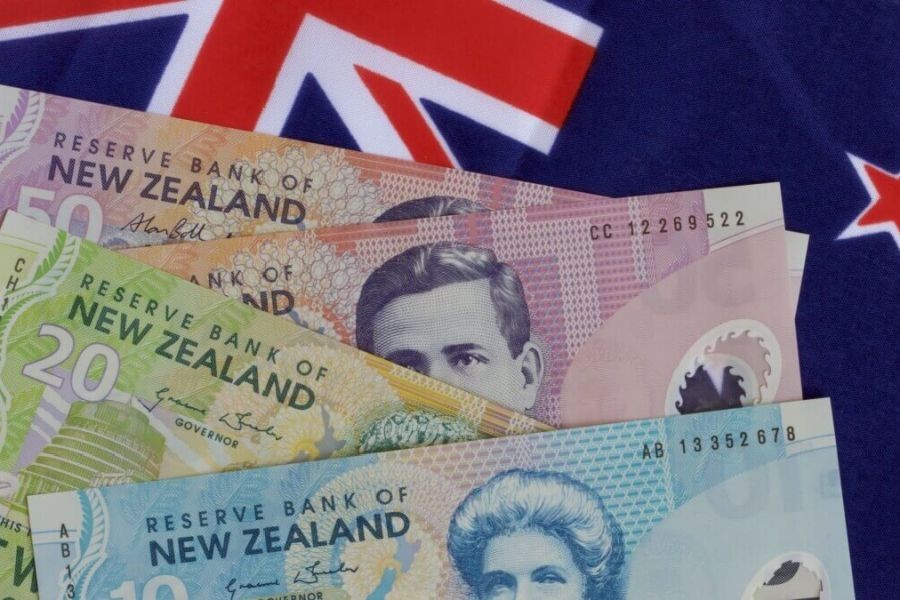In the ever-evolving landscape of consumer goods and services, the competition between local Australian brands and their international counterparts is intensifying. While global brands often have the advantage of massive budgets and widespread recognition, local brands are increasingly capturing consumer attention with unique offerings and a deep understanding of the Australian market. This article delves into the dynamics of this competition, providing data-backed insights, real-world examples, and an analysis of who truly does it better.
Local Australian Brands: Strengths and Challenges
Local Australian brands have a unique advantage in understanding the cultural nuances and consumer preferences specific to the country. According to the Australian Bureau of Statistics (ABS), local brands often benefit from a 'home ground advantage,' with consumers showing a preference for products that reflect their regional identity. This preference is seen in sectors like food and beverage, where brands such as Vegemite and Bundaberg have a significant market share.
However, the challenges for local brands include limited resources and competition from well-funded international brands. The Australian Competition & Consumer Commission (ACCC) notes that while local brands excel in niche markets, they often struggle to compete on price and scale with global giants.
Case Study: Aesop – A Local Brand with Global Appeal
Problem:Aesop, a luxury skincare brand founded in Melbourne, faced the challenge of distinguishing itself in a saturated global market dominated by established international brands.
Action:To stand out, Aesop focused on high-quality, botanically-based products and a unique in-store experience. The brand also leveraged its Australian heritage as a selling point, highlighting the natural ingredients sourced from local environments.
Result:Aesop successfully expanded globally, with its unique branding and product quality helping to achieve significant international appeal. The company reported a 20% increase in global sales annually, demonstrating that local brands can thrive internationally by focusing on authenticity and quality.
Takeaway:This case study illustrates how local brands can leverage their unique identity and quality to compete on a global stage. Australian businesses can apply similar strategies to enhance their market presence both locally and internationally.
International Brands: Advantages and Constraints
International brands often bring extensive resources, brand recognition, and established supply chains to the Australian market. According to a report by Deloitte, these advantages allow global brands to offer competitive pricing and a wide range of products, often overshadowing local competitors.
However, international brands face constraints such as adapting to local consumer preferences and navigating Australia's regulatory environment. The ACCC and Australian Taxation Office (ATO) enforce stringent regulations that can pose challenges for foreign companies entering the market.
Case Study: McDonald's – Adapting to Australian Tastes
Problem:McDonald's, a global fast-food giant, had to adapt its menu and services to align with Australian consumer preferences, which increasingly favored healthy and local options.
Action:McDonald's introduced menu items tailored to local tastes, such as healthier options and the 'Create Your Taste' platform, allowing customers to customize their meals. The brand also launched initiatives to source more ingredients locally, aligning with Australian consumer values.
Result:This adaptation led to a resurgence in popularity, with McDonald's Australia reporting a 14% increase in sales in 2022. The case demonstrates the importance of localization for international brands seeking success in Australia.
Takeaway:International brands must prioritize localization and compliance with local regulations to effectively compete in the Australian market. Understanding and adapting to consumer preferences is crucial for success.
Comparative Analysis: Local vs. International Brands
When comparing local and international brands in Australia, several key factors emerge:
- Consumer Preference: Local brands often gain consumer trust through authenticity and cultural relevance, while international brands leverage brand recognition and variety.
- Pricing Strategy: International brands can often offer lower prices due to economies of scale, whereas local brands may need to focus on premium or niche markets.
- Regulatory Compliance: Local brands typically navigate regulatory landscapes more efficiently, while international brands must invest in understanding and complying with local laws.
Data-Driven Insights: The Economic Impact
According to the Reserve Bank of Australia (RBA), consumer spending in Australia has seen a shift towards supporting local businesses, especially in the wake of the COVID-19 pandemic. This trend is supported by a 15% increase in revenue for local small and medium enterprises (SMEs) in 2023, as reported by the Treasury AU.
Pros vs. Cons Analysis
When weighing the benefits and drawbacks of local versus international brands, the following points emerge:
Pros of Local Brands:
- Authenticity: Authentic local products resonate with cultural values.
- Consumer Loyalty: Local brands often enjoy higher levels of consumer loyalty.
- Regulatory Ease: Easier navigation of local regulatory frameworks.
Cons of Local Brands:
- Limited Resources: Often face budget constraints compared to international rivals.
- Scale Limitations: Challenges in expanding beyond niche markets.
Pros of International Brands:
- Global Recognition: Benefit from established brand reputation.
- Economies of Scale: Can offer competitive pricing due to large-scale operations.
Cons of International Brands:
- Localization Challenges: May struggle to adapt to local tastes and preferences.
- Regulatory Hurdles: Must navigate complex local regulations.
Common Myths and Mistakes
Here are some common misconceptions about the competition between local and international brands:
Myth: "International brands always have better quality."
Reality: Many local brands, such as Aesop, offer superior quality by focusing on unique, high-standard products.
Myth: "Local brands can't compete on price."
Reality: While price competition is tough, local brands can succeed by offering unique value propositions and focusing on premium markets.
Myth: "International brands dominate all markets."
Reality: In sectors like organic foods and artisanal products, local brands often lead due to their authenticity and consumer alignment.
Future Trends & Predictions
Looking ahead, the competition between local and international brands in Australia is set to intensify. The Australian Bureau of Statistics predicts a continued increase in consumer preference for local products, driven by sustainability concerns and national pride. Furthermore, technological advancements in e-commerce and digital marketing will empower local brands to reach broader audiences, leveling the playing field against international giants.
By 2028, it is anticipated that local brands will capture an additional 10% market share in sectors like food and beverage, as consumers increasingly prioritize sustainability and local sourcing.
Conclusion
In the battle between local Australian brands and international competitors, success often hinges on authenticity, consumer understanding, and adaptation. While international brands bring significant resources and recognition, local brands offer cultural relevance and trust. The future of this competition will be shaped by the ability of both local and international brands to adapt to consumer demands and regulatory landscapes.
What strategies have worked for your business in Australia? Share your insights in the comments below!
People Also Ask (FAQ)
- How do local Australian brands compete with international brands? Local brands focus on authenticity, cultural relevance, and niche markets to compete with international brands.
- What are the advantages of international brands in Australia? International brands benefit from global recognition, economies of scale, and extensive resources.
- How can local brands expand their market presence? Local brands can expand by leveraging e-commerce, focusing on unique value propositions, and building strong brand identities.
Related Search Queries
- Local vs. International Brands Australia
- Australian Consumer Preferences
- Global Brand Strategies in Australia
- Australian Market Trends 2025
- Local Branding Success Stories
- International Brand Challenges in Australia
- Consumer Loyalty to Local Brands
- Regulatory Impact on International Brands
- Future of Australian Brands
- Sustainability in Australian Branding































paperearn
18 days ago